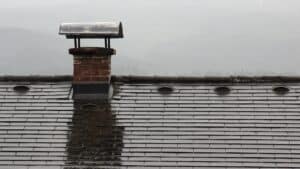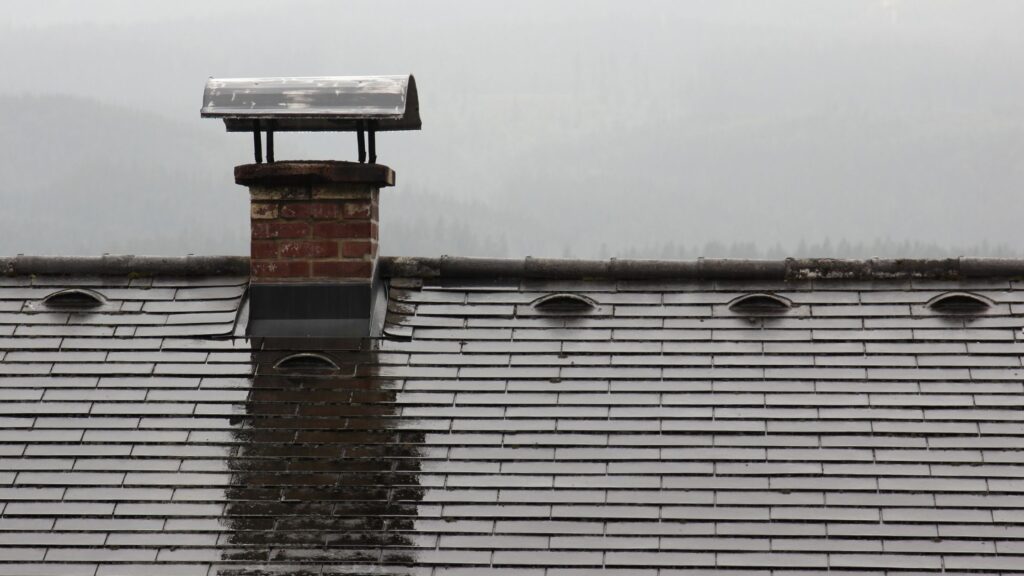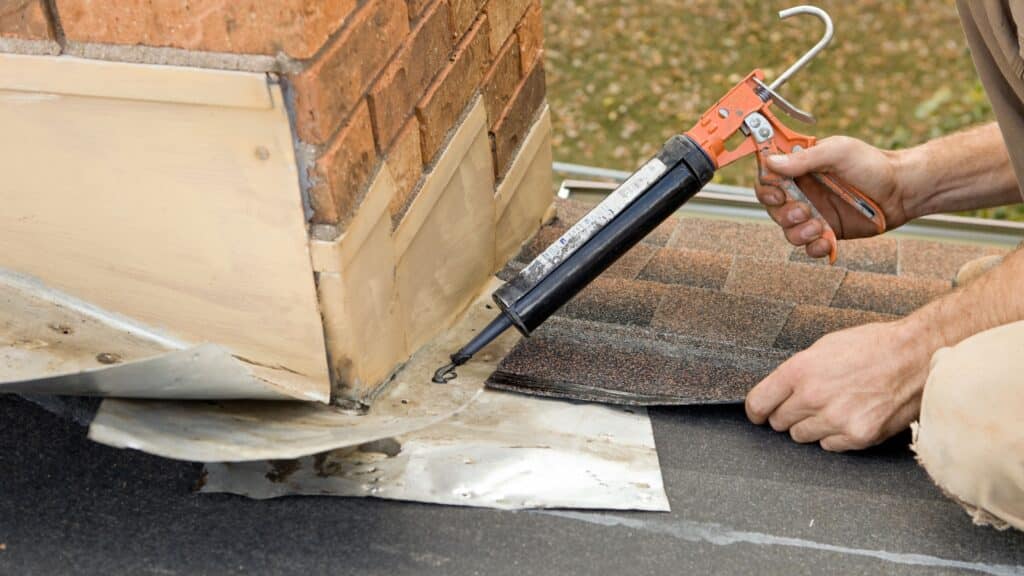Chimneys are a vital part of your home, providing ventilation for fireplaces, wood stoves, and heating systems. However, they are often overlooked when it comes to home maintenance. Regular chimney inspections are essential for ensuring safety, preventing fires, and avoiding costly repairs. But how often should you have your chimney inspected? In this article, we’ll explore why chimney inspections are important, the recommended frequency, and what to expect during a professional inspection.
Why Regular Chimney Inspections Are Important
Chimney inspections are about more than just maintaining a clean chimney—they are critical for identifying and addressing potential safety hazards. Here’s why regular inspections should be a part of every homeowner’s maintenance routine:
- Prevent Chimney Fires: Over time, creosote, a highly flammable substance, builds up inside your chimney as a byproduct of burning wood. If not regularly cleaned and inspected, this buildup can ignite, causing dangerous chimney fires that can spread to the rest of your home.
- Identify Structural Damage: Exposure to the elements can cause damage to your chimney’s masonry, crown, and other components. A professional inspection will catch cracks, loose bricks, or damaged mortar before they become severe and require expensive repairs.
- Ensure Proper Ventilation: Chimneys allow harmful gases like carbon monoxide to escape your home. A blocked or damaged chimney can lead to poor ventilation, posing health risks for you and your family. Regular inspections ensure that your chimney is properly venting dangerous gases.
- Prolong the Life of Your Chimney: Regular maintenance helps to extend the life of your chimney. By addressing minor issues before they become major problems, you can avoid costly repairs and keep your chimney functioning properly for years to come.
Signs That Your Chimney Needs an Inspection
While regular inspections are recommended, certain signs may indicate that your chimney needs to be checked sooner rather than later. If you notice any of the following, schedule an inspection as soon as possible:
- Unpleasant Odors: If you smell strange odors coming from your fireplace or chimney, this could indicate a buildup of creosote or moisture inside the chimney.
- Soot Buildup: Excessive soot in your fireplace is a sign that your chimney isn’t properly venting. This can also increase the risk of a chimney fire.
- Smoke Backing into the Room: If smoke starts to back up into your home instead of exiting through the chimney, it could be a sign of a blockage or improper drafting.
- Water Damage: Signs of water damage, such as rust on the damper, discolored bricks, or damp patches on walls near the chimney, suggest that moisture is entering your chimney, potentially leading to structural damage.
- Visible Cracks: If you notice cracks in the chimney’s masonry or crown, it’s important to have them inspected and repaired immediately to prevent further deterioration.
Recommended Inspection Frequency for Different Chimney Types
The National Fire Protection Association (NFPA) recommends that all chimneys, fireplaces, and vents be inspected at least once a year. However, the specific frequency of inspections can vary based on how often you use your chimney, the type of fuel you burn, and the condition of your chimney. Here are some general guidelines:
- Wood-Burning Fireplaces: For wood-burning fireplaces and stoves, an annual inspection is crucial. Wood fires produce creosote, which can build up quickly and lead to chimney fires if not removed. If you use your fireplace frequently, you may need more than one inspection per year.
- Gas Fireplaces: Although gas fireplaces are cleaner-burning than wood, they still require regular inspections. A gas fireplace can develop issues like clogged vents, cracked liners, or faulty connections that need to be addressed.
- Oil-Fired Heating Systems: Chimneys connected to oil-fired appliances should be inspected annually. Oil combustion produces soot that can build up in the chimney and restrict airflow, potentially leading to carbon monoxide exposure.
- Rarely Used Chimneys: Even if you don’t use your chimney often, it still requires an annual inspection. Debris, animal nests, and weather damage can obstruct or weaken the chimney structure over time, posing risks when you do use it.
What to Expect During a Chimney Inspection
A professional chimney inspection typically includes a thorough examination of your chimney’s interior and exterior to assess its condition and identify any issues. The inspection is usually categorized into three levels, depending on the extent of the inspection required.
- Level 1 Inspection: This is the most basic type of inspection and is recommended for chimneys that have been well-maintained and show no signs of damage. During a Level 1 inspection, the chimney professional will visually examine the accessible parts of the chimney, including the fireplace, flue, and exterior, to ensure everything is in good condition.
- Level 2 Inspection: If you’ve recently experienced a chimney fire, made changes to your chimney, or are buying or selling a home, a Level 2 inspection is recommended. This inspection includes all aspects of a Level 1 inspection, plus an examination of hidden areas, such as the attic, basement, or crawl spaces. A video scan of the chimney interior is often part of this inspection to check for hidden damage.
- Level 3 Inspection: This is the most comprehensive type of chimney inspection and is only necessary if there are serious concerns about the structural integrity of the chimney. A Level 3 inspection may require the removal of parts of the chimney or surrounding areas to access concealed parts and assess the extent of the damage.
Choosing a Qualified Chimney Inspector in Catskill
When it comes to chimney inspections, it’s important to hire a qualified professional who has the experience and certifications necessary to thoroughly inspect your chimney and make any needed repairs. Here’s how to choose the right chimney inspector for your home:
- Look for Certification: Choose a chimney inspector who is certified by the Chimney Safety Institute of America (CSIA). This certification ensures that they have undergone proper training and are knowledgeable about current safety standards.
- Check Reviews and References: Look for chimney inspectors with positive reviews from previous customers. You can also ask for references to verify the quality of their work.
- Experience with Local Conditions: Chimneys in Catskill are subject to specific weather conditions that can cause damage over time, such as freeze-thaw cycles and heavy snowfall. Hiring an inspector with experience in the Catskill area ensures they understand the unique challenges that local chimneys face.
Conclusion
Regular chimney inspections are an essential part of home maintenance, helping to prevent fires, improve ventilation, and identify structural issues before they become costly problems. The general rule of thumb is to have your chimney inspected at least once a year, regardless of how often you use it. However, if you use your chimney frequently or notice signs of damage, more frequent inspections may be necessary.
True Ventilation offers professional chimney inspection services in Catskill. Our team of certified inspectors will ensure your chimney is safe and in optimal condition. Contact us today to schedule your inspection and give your home the care it deserves.
Call us at 888-775-9498 or email us at trueventilation@gmail.com














